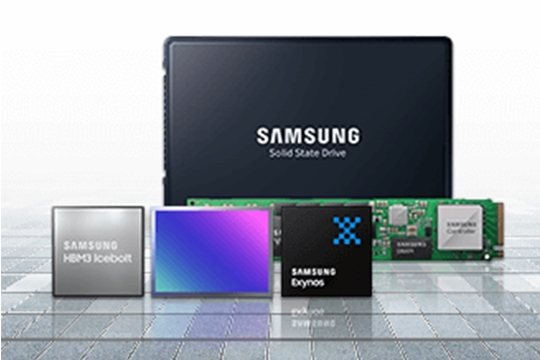Medtronic DBS Therapy for Parkinson’s Disease: Product labeling must be reviewed prior to use for detailed disclosure of risks.
Indication: Bilateral stimulation of the internal globus pallidus (GPi) or the subthalamic nucleus (STN) using Medtronic DBS Therapy for Parkinson’s Disease is indicated for adjunctive therapy in reducing some of the symptoms in individuals with levodopa-responsive Parkinson’s disease of at least 4 years’ duration that are not adequately controlled with medication, including motor complications of recent onset (from 4 months to 3 years) or motor complications of longer-standing duration.
Contraindications: Medtronic DBS Therapy is contraindicated for patients who are unable to properly operate the neurostimulator and patients for whom test stimulation is unsuccessful. The following procedures are contraindicated for patients with DBS systems: diathermy (e.g., shortwave diathermy, microwave diathermy or therapeutic ultrasound diathermy), which can cause neurostimulation system or tissue damage and can result in severe injury or death; Transcranial Magnetic Stimulation (TMS); and certain MRI procedures using a full body transmit radio-frequency (RF) coil, a receive-only head coil, or a head transmit coil that extends over the chest area if the patient has an implanted Soletra™ Model 7426 Neurostimulator, Kinetra™ Model 7428 Neurostimulator, Activa™ SC Model 37602 Neurostimulator, or Model 64001 or 64002 pocket adaptor.
Warnings and Precautions: There is a potential risk of brain tissue damage using stimulation parameter settings of high amplitudes and wide pulse widths and a potential risk to drive tremor using low frequency settings. Extreme care should be used with lead implantation in patients with an increased risk of intracranial hemorrhage. Sources of electromagnetic interference (EMI) may cause device damage or patient injury. Theft detectors and security screening devices may cause stimulation to switch ON or OFF and may cause some patients to experience a momentary increase in perceived stimulation. The DBS System may be affected by or adversely affect medical equipment such as cardiac pacemakers or therapies, cardioverter/defibrillators, external defibrillators, ultrasonic equipment, electrocautery, or radiation therapy. MRI conditions that may cause excessive heating at the lead electrodes which can result in serious injury, including coma, paralysis, or death, or that may cause device damage include: neurostimulator implant location other than pectoral and abdominal regions; unapproved MRI parameters; partial system explants (“abandoned systems”); misidentification of neurostimulator model numbers; and broken conductor wires (in the lead, extension or pocket adaptor). The safety of electroconvulsive therapy (ECT) in patients receiving DBS Therapy has not been established. Tunneling the extension too superficially or too deeply may result in nerve or vascular injury, or tunneling through unintended anatomy. The lead-extension connector should not be placed in the soft tissues of the neck due to an increased incidence of lead fracture. Abrupt cessation of stimulation may cause a return of disease symptoms in some cases with intensity greater than was experienced prior to system implant (“rebound effect”). Patients using a rechargeable neurostimulator should check for skin irritation or redness near the neurostimulator during or after recharging. Loss of coordination in activities such as swimming may occur. Depression, suicidal ideations and suicide have been reported in patients receiving Medtronic DBS Therapy for Movement Disorders, although no direct cause-and-effect relationship has been established.
Adverse Events: Adverse events related to the therapy, device, or procedure can include intracranial hemorrhage, cerebral infarction, CSF leak, pneumocephalus, seizures, surgical site complications (including pain, infection, dehiscence, erosion, seroma, and hematoma), meningitis, encephalitis, brain abscess, cerebral edema, aseptic cyst formation, device complications (including lead fracture and device migration) that may require revision or explant, extension fibrosis (tightening or bowstringing), new or exacerbation of neurological symptoms (including vision disorders, speech and swallowing disorders, motor coordination and balance disorders, sensory disturbances, cognitive impairment, and sleep disorders), psychiatric and behavioral disorders (including psychosis and abnormal thinking), cough, shocking or jolting sensation, ineffective therapy and weight gain or loss.
Safety and effectiveness has not been established for: patients with neurological disease other than idiopathic Parkinson’s disease, previous surgical ablation procedures, dementia, coagulopathies, or moderate to severe depression; patients who are pregnant; and patients under 18 years.
USA Rx only Rev 11/17
UC202006943EN DBS Samsung Case Study Layout FY20















